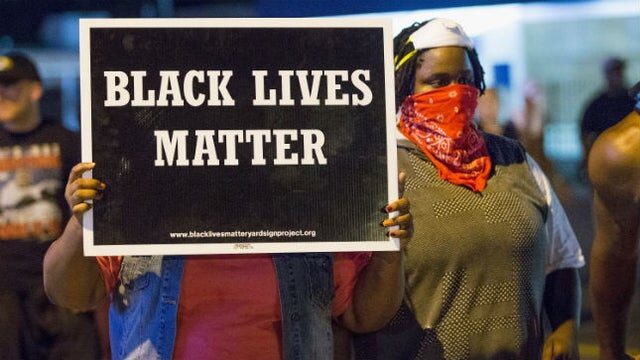The report, produced by the nonprofit Armed Conflict Location and Event Data Project, identified 7,750 protests between May 26 and Aug. 22 in 2,400 locations, according to The Washington Post.
The report found that about 220 became "violent" — a term defined as demonstrators fighting with police or with counterprotesters. The term also applies to demonstrations that resulted in property damage. In 93 percent of cases analyzed, there was no violence.
In the violent cases, the report said, violence was "largely confined to specific blocks, rather than dispersed throughout the city."
Despite these findings, however, the authors warned that due to the environment of "violent political polarization" in the U.S., violence is likely to occur again if there are issues with the November election.
"In this hyper-polarized environment, state forces are taking a more heavy-handed approach to dissent, non-state actors are becoming more active and assertive, and counter-demonstrators are looking to resolve their political disputes in the street," the authors wrote, according to the Post.
"Without significant mitigation efforts, these risks will continue to intensify in the lead-up to the vote, threatening to boil over in November if election results are delayed, inconclusive, or rejected as fraudulent," they added.
Demonstrations erupted nationwide over police brutality and racial injustice after the killing of George Floyd, an unarmed Black man who died in Minneapolis Police custody in late May.
Protesters, advocates and lawmakers took to the streets in cities and towns all over the U.S. to demand police reform at the state and federal levels.
In late August, another Black American, Jacob Blake, was shot in the back seven times while trying to enter his vehicle in Kenosha, Wis. The man is currently paralyzed from the waist down.
Blake's shooting once again sparked protests in Wisconsin and has led to violent clashes between protesters and counterprotesters. On the third night of demonstrations in Kenosha, two protesters were shot and killed and one was injured.
The report also suggested disproportionate police response had escalated tensions at protests. In about 10 percent of Black Lives Matter protests, law enforcement intervened, using force such as batons, rubber bullets or pepper spray in about half those cases.
"The heavy-handed police response appears to have inflamed tensions and increased the risk of violent escalation," the report states, according to the Post.
"The escalating use of force against demonstrators comes amid a wider push to militarize the government's response to domestic unrest, and particularly demonstrations perceived to be linked to left-wing groups like antifa, which the administration views as a 'terrorist' organization," it added.
Comment: Because it is.
The Trump administration has come under fire after law enforcement deployed tear gas on protesters in Lafayette Square in Washington, D.C., earlier in the summer.
The report specifically cites the deployment of federal officers to Portland, Ore., as escalating already intense protests. Fewer than a quarter of Portland protests were met with force in May or June, compared to 40 percent in July and August. The number of violent demonstrations increased about 10 points, from 53 percent to 63 percent.
Reports surfaced in recent months that unmarked federal agents were grabbing protesters in Portland, Ore., and holding them in unmarked vehicles, sparking outrage from local lawmakers.




Reader Comments